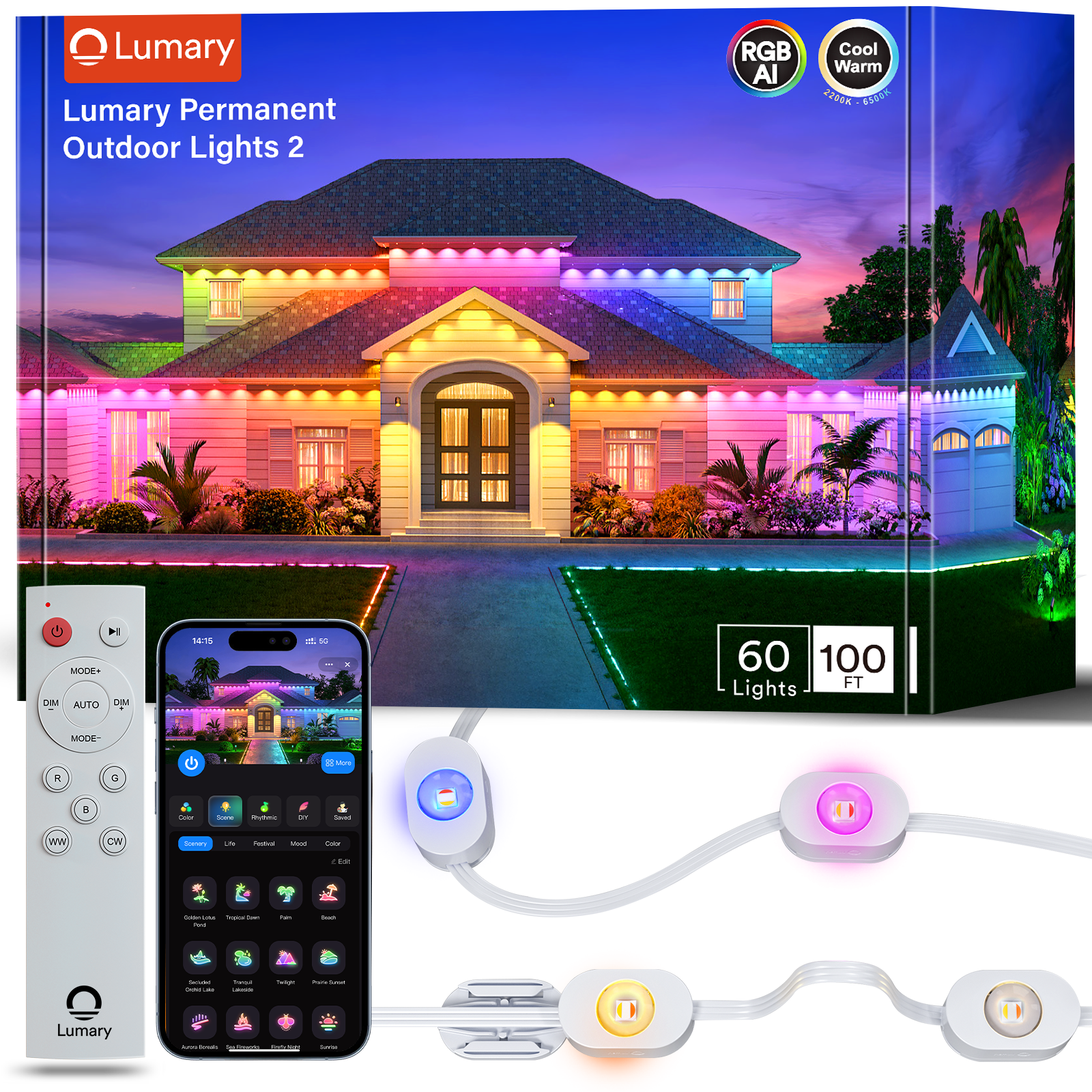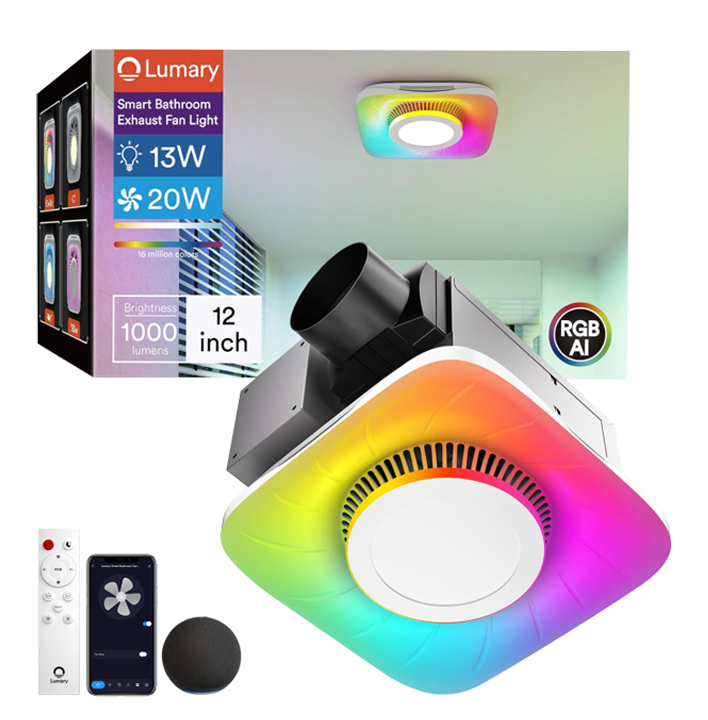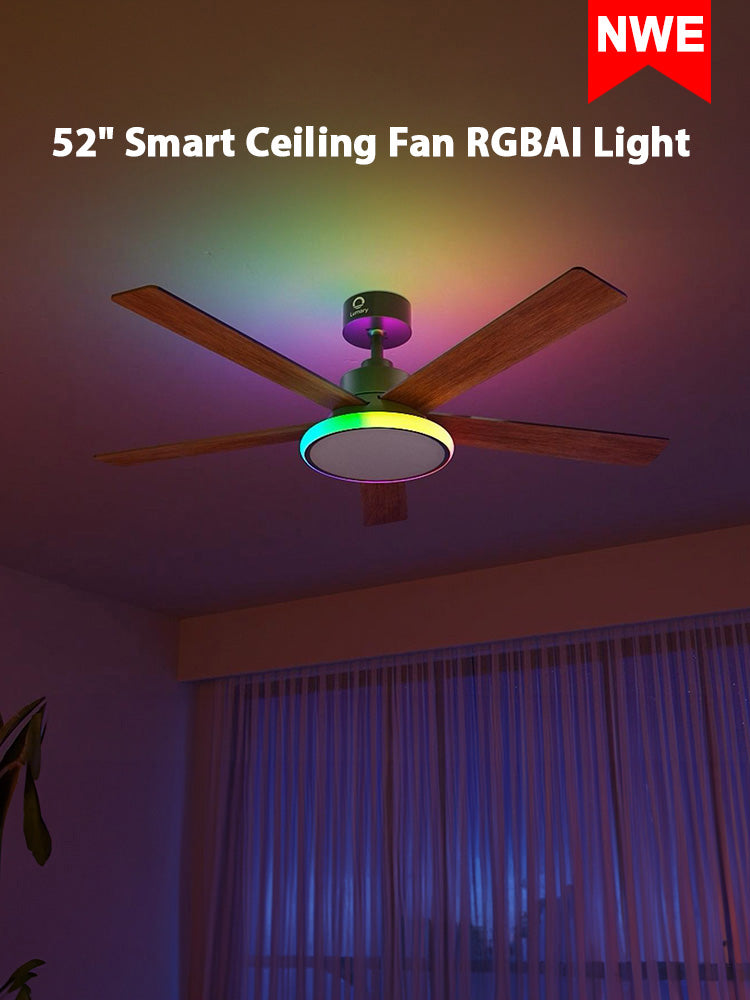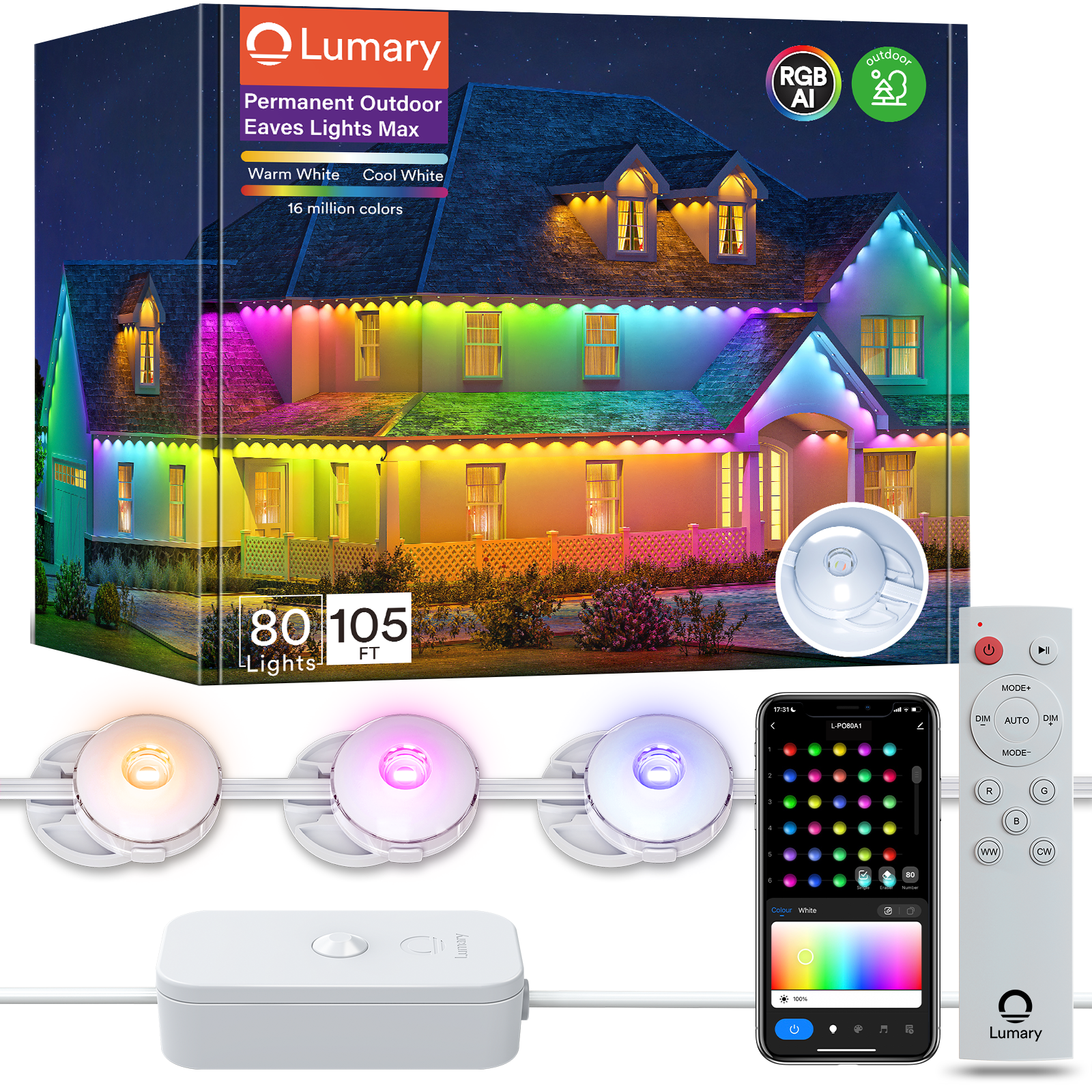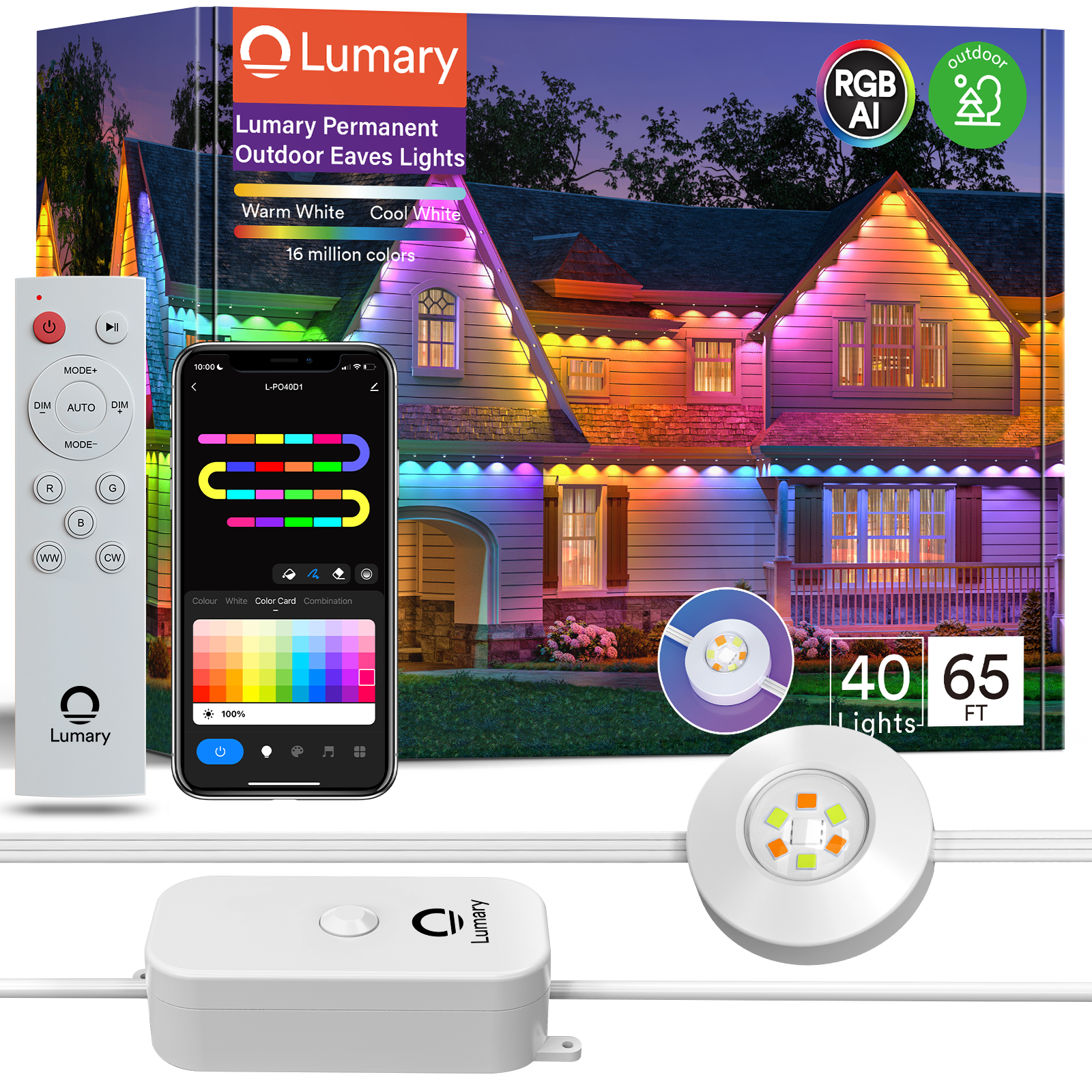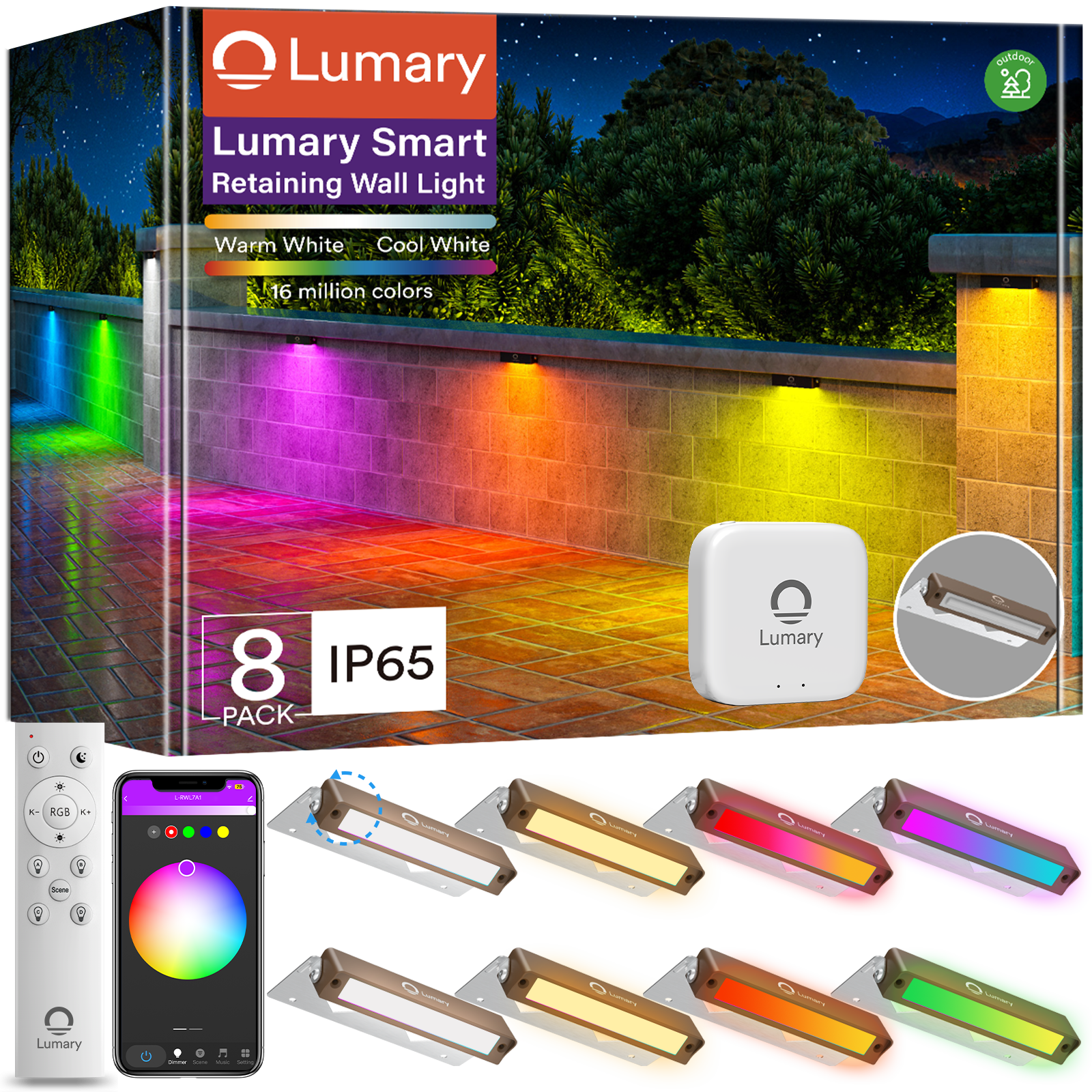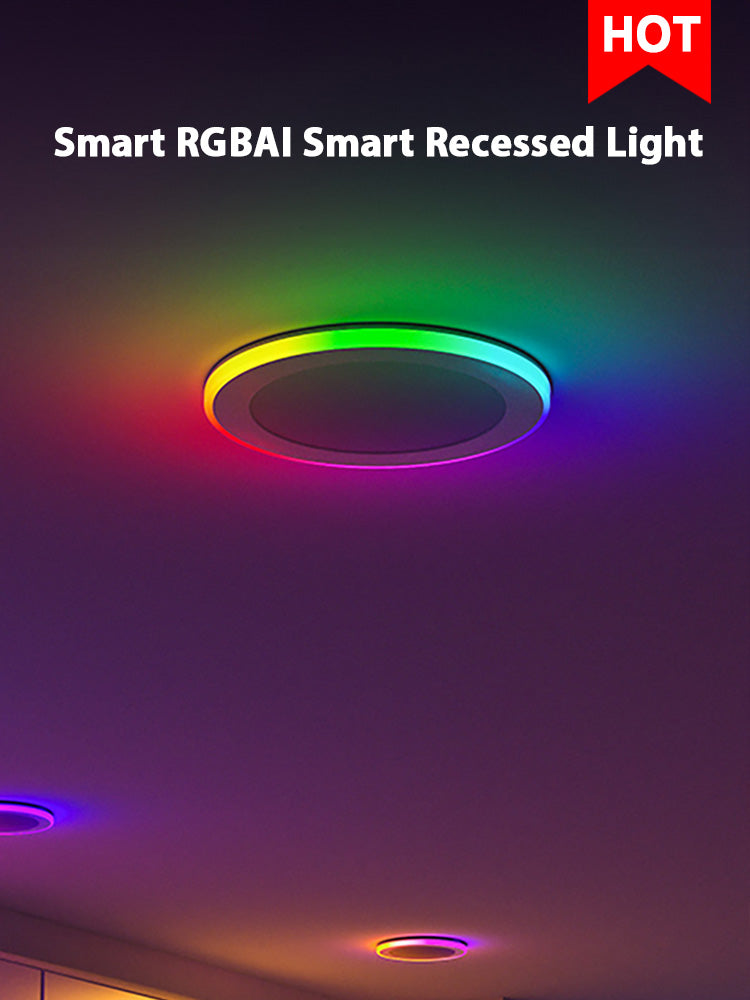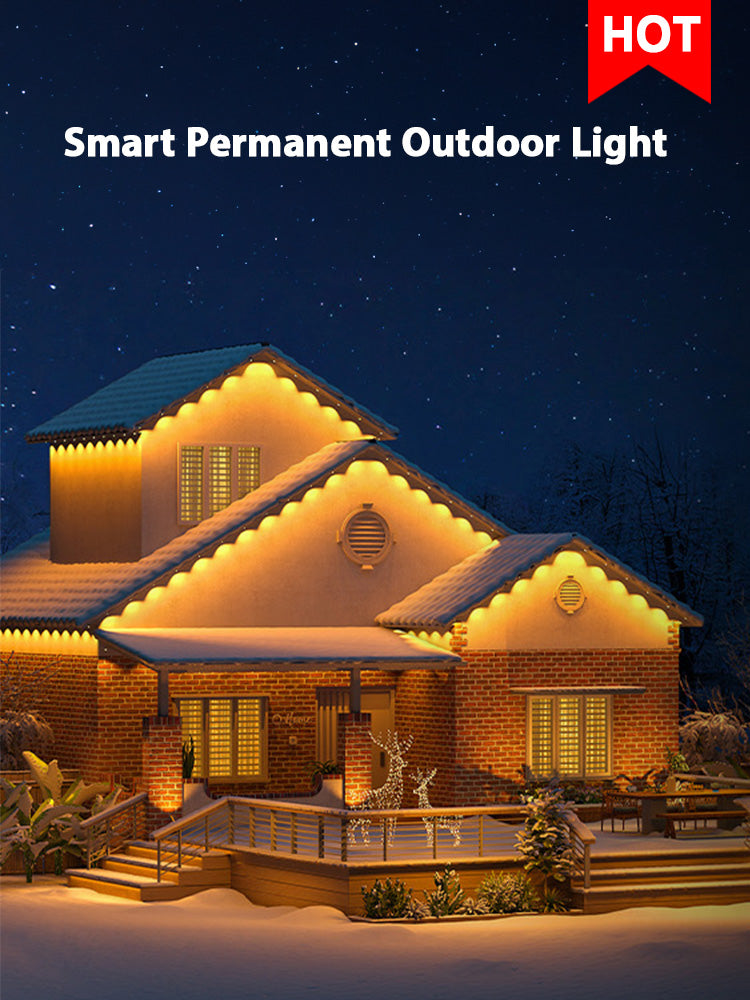Choosing the right Christmas lights can transform your home into a festive wonderland. The perfect lights create a warm and inviting atmosphere. You need to consider factors like energy efficiency and style. LED lights use 75% less electricity than incandescent options. Solar-powered lights offer a renewable energy solution. The global market for Christmas lights is booming, expected to reach $9.73 billion by 2029. This growth shows the joy and ambiance these lights bring to homes worldwide. So, get ready to light up your holiday season with the perfect Christmas lights.
Understanding Different Types of Christmas Lights

Choosing the right type of Christmas lights can make your holiday decorations stand out. Let's dive into the different options available.
Incandescent vs. LED Christmas Lights
Pros and Cons of Incandescent Lights
Incandescent lights have been a staple in holiday decor for decades. These lights offer a warm and vibrant glow that many people love. Incandescent bulbs come in various sizes, with larger ones providing brighter hues. However, these lights generate heat, which can be dangerous around dry Christmas trees. Incandescent lights are less expensive upfront but use more electricity and have a shorter lifespan compared to LEDs.
Pros and Cons of LED Lights
LED Lights represent a modern twist on traditional lighting. These lights use diodes instead of filaments, making them cool to the touch and energy-efficient. LED lights come in a wide range of shapes, sizes, and colors. The brightness of an LED light doesn't depend on bulb size, offering flexibility in design. Although LEDs cost more initially, their durability often offsets this, lasting up to 25 times longer than incandescent lights.
Specialty Christmas Lights
Specialty lights add unique flair to your holiday setup. Here are some popular options:
Icicle Lights
Icicle lights create a winter wonderland effect. These lights hang down like icicles from your roofline, adding elegance to any home. Icicle lights work well for both indoor and outdoor settings.
Net Lights
Net lights simplify decorating bushes and shrubs. These lights come in a mesh-like structure, allowing easy draping over greenery. Net lights provide even coverage and save time during setup.
Rope Lights
Rope lights offer versatility in decorating. These lights encase bulbs in a flexible tube, perfect for outlining pathways or wrapping around trees. Rope lights can bend into various shapes, making them ideal for creative displays.
Understanding the types of Christmas lights helps you make informed choices. Whether you prefer the classic charm of incandescent lights or the efficiency of LEDs, there's a perfect option for every home.
Choosing the Right Color and Style

Selecting the right color and style for your Christmas lights can elevate your holiday decor. You want to create a magical atmosphere that reflects your personal taste. Let's explore how to make those choices.
Color Temperature
Color temperature plays a big role in setting the mood. You have options like warm white, cool white, and multicolor. Each choice offers a unique vibe.
Warm White vs. Cool White
Warm white lights give off a cozy, inviting glow. These lights mimic the soft light of a candle. Warm white is perfect for creating a traditional holiday feel. Cool white lights, on the other hand, offer a crisp and modern look. These lights work well in contemporary settings. Cool white lights can make your home look sleek and elegant.
Multicolor Options
Multicolor lights bring a playful and festive touch to your decorations. These lights are great for families with kids or anyone who loves vibrant displays. Multicolor lights can transform any space into a cheerful wonderland. You can mix and match colors to suit your theme.
Style Considerations
Your style preferences will guide your choice of Christmas lights. You can go for a traditional look or opt for something more modern. Themed lights add an extra layer of fun.
Traditional vs. Modern Styles
Traditional Christmas lights often feature classic designs and colors. Think red, green, and gold hues. These lights evoke nostalgia and warmth. Modern styles, however, embrace sleek lines and innovative designs. You might see geometric shapes or minimalist patterns. Modern lights can give your home a chic and updated appearance.
Themed Lights
Themed lights offer endless possibilities for creativity. You can choose lights that match a specific holiday theme. For example, snowflake-shaped lights can enhance a winter wonderland theme. Candy cane lights add a sweet touch to your decor. Themed lights let you express your personality and make your display stand out.
Choosing the right color and style for your Christmas lights involves considering your personal preferences and the atmosphere you want to create. Whether you prefer warm whites, cool whites, or a burst of multicolor, there's a perfect option for every home. Traditional styles bring comfort, while modern designs add flair. Themed lights offer a chance to get creative and make your holiday display truly unique.
Measuring and Planning
Planning your Christmas lights display requires careful measuring and thoughtful layout design. This section will guide you through calculating the length and coverage needed for both outdoor and indoor spaces.
Calculating Length and Coverage
Measuring Outdoor Spaces
Start by measuring the areas where you want to hang your Christmas lights outside. Use a tape measure to get the exact length of rooflines, fences, and pathways. Write down each measurement to avoid confusion later. Consider the distance from the power source to ensure you have enough extension cords if needed. Scott's success with holiday lighting services began with precise measurements and planning, which can serve as inspiration for your own setup.
Measuring Indoor Spaces
Indoor spaces also need accurate measurements for a successful display. Measure mantels, staircases, and windows where you plan to hang lights. Keep in mind that indoor lights often require less length than outdoor ones. Make a list of all the indoor areas you want to decorate. This step ensures you purchase the correct amount of Christmas lights without waste.
Planning the Layout
Creating a Lighting Plan
Create a lighting plan to visualize your Christmas lights display. Sketch a rough diagram of your home and mark where each string of lights will go. Include details like the type of lights and their color. A well-thought-out plan helps you achieve a cohesive look. Planning also saves time during installation, allowing you to enjoy the decorating process more.
Safety Considerations
Safety should always be a priority when setting up Christmas lights. Check all light strings for frayed wires or broken bulbs before use. Use outdoor-rated lights for exterior displays to withstand weather conditions. Avoid overloading electrical outlets by calculating the total wattage of your lights. Secure lights with clips or hooks to prevent them from falling. Following these safety tips ensures a worry-free holiday season.
Measuring and planning your Christmas lights display makes the decorating process smoother and more enjoyable. Accurate measurements prevent unnecessary trips to the store. A detailed lighting plan helps you achieve the perfect festive look. Prioritizing safety keeps your home and family secure during the holidays.
Energy Efficiency and Cost
Choosing energy-efficient Christmas lights can save you money and help the environment. Let's explore some tips to make your holiday lighting both beautiful and cost-effective.
Energy-Saving Tips
Using Timers
Timers offer a simple way to manage your Christmas lights. You set a schedule for when the lights turn on and off. This feature prevents lights from running all night, saving electricity. Timers also add convenience by automating your lighting routine. You can enjoy the festive glow without worrying about turning the lights off manually.
Choosing Energy-Efficient Bulbs
Energy-efficient bulbs like LEDs provide a smart choice for holiday decorating. LED lights use 75% less electricity than incandescent options. These lights remain cool to the touch, reducing fire hazards. LEDs also last longer, offering up to 25 times the lifespan of traditional bulbs. By choosing LEDs, you enjoy bright, vibrant displays while keeping energy costs low.
Budgeting for Christmas Lights
Cost Comparison of Different Types
Understanding the cost differences between light types helps you budget effectively. LED lights cost about $1.02 for 500 lights, while incandescent lights cost around $4.50 for the same amount. Despite the higher initial price, LEDs save money in the long run due to lower energy consumption. For example, LEDs consume 5.4 kWh for 500 lights over 30 days, compared to 6 kWh for incandescent lights.
Long-term Savings with LED Lights
Investing in LED Christmas lights offers significant long-term savings. These lights reduce electricity bills and require fewer replacements. The durability of LEDs means fewer purchases over time, making them a cost-effective option. By choosing LEDs, you contribute to a more sustainable holiday season and enjoy financial benefits.
By focusing on energy efficiency and cost, you create a festive display that aligns with your budget and environmental goals. Using timers and selecting energy-efficient bulbs like LEDs ensures a beautiful, worry-free holiday season. Enjoy the glow of Christmas lights while keeping costs in check and supporting a greener planet.
Selecting the perfect Christmas lights involves considering key factors like energy efficiency, style, and safety. Enjoy the decorating process as you transform your home into a festive wonderland. Remember to measure accurately and plan your layout for a seamless setup. Use timers for convenience and choose LED lights for long-term savings. Secure your lights properly to ensure safety. Embrace the joy of holiday decorating and create cherished memories with loved ones. As one satisfied customer shared, "The decoration is a precious memory to me... brings back warm Christmas Memories of long ago."

